The two World Wars were the last interstate conflicts where belligerents were more or less evenly matched.
World War I, or the Great War, altered the course of history. Its effects can be felt even today. For instance, much of the conflict in the Middle East is a result of colonial lines drawn in the sand. The quest for self-determination in the region, which began before the war started in Europe, remains unfulfilled to this day. The character of war itself has evolved and continues to do so. Following the devastation of World War II, conflicts became low intensity. As the end of the Cold War saw the bipolarity of power diminish, conflicts have become more nebulous, but still with global consequences.
Absolute War
Carl von Clausewitz, the 19th century Prussian general and military theorist, defined war “as an act of force to compel our enemy to do our will.” However, Clausewitz was not in favor of conflict as an end in itself. He stressed and warned that war should be a means to an end. He described it as “a continuation of political intercourse carried on with other means.” Clausewitz’s rationalization of war was based on the limited conflicts of his time. Limited in this context means attainment of clear objectives, and armies being the main belligerents.
World War I was Clausewitzian insofar as the way it was fought. The Battle of the Somme, for instance, was one of the most devastating. In terms of fighting, it was a war of what Clausewitz referred to as attrition. However, as Mary Kaldor has rightly argued in her seminal work, New and Old Wars: Organized Violence in a Global Era, Clausewitz could not have envisaged the combination of mass production, mass politics and mass communication harnessed with mass destruction.
Strategic bombing using planes and Zeppelins made an appearance for the first time during the Great War. For instance, Rear Admiral Paul Behncke, deputy chief of the German Naval Staff, in the summer and fall of 1914, argued that by bombing London, its docks and the Admiralty in Whitehall, it might be possible to “cause panic in the population which may possibly render it doubtful that the war can be continued.” Statistics suggest that German air raids on Great Britain, and vice versa, did not result in a massive loss of life. Britain suffered 1,413 dead and 3,409 injured, whereas 740 Germans were killed and 1,900 wounded.
However, the psychological impact on civilians was tremendous. For instance, in London, besides anxiety, there was “a state of siege mentality, general and potential mass nervousness, depression, sheer fear, horror, loss of sleep (due to noise as well as anxiety), jumpiness, feelings of vulnerability (real and imagined), confusion, irritation, anger, a ‘sinking feeling’ and, of course, terror.”
The Great War left unprecedented trauma. The main objective, in its aftermath, was to ensure there was no repeat of the experience of trench warfare seen in the early 20th century.
Strategic bombing developed rapidly after the war. “The bomber will always get through” was the motto of strategic bombing in the inter-war period. Its most significant contribution was the speed at which destruction could be brought on the warring parties. Strategic bombing transformed warfare into a truly offensive instrument. For instance, when Germany began its Blitz against Great Britain in World War II, London was bombed for 57 consecutive nights; nearly 30,000 Londoners died and 50,000 more were injured. Similarly, in the American air raids on Japan, Tokyo was bombed 65 times between December 6, 1944, and August 13, 1945, which resulted in over 137,000 casualties, 787,000 destroyed homes and buildings, and 2.6 million displaced persons.
The development and deployment of strategic bombing as a tactic completed the mechanization of warfare. The killing of people and razing of cities to the ground became more “efficient.” A fighter pilot could easily deploy bombs without having to look in the eyes of their victims, be they soldiers or civilians.
The Great War came close to what Clausewitz called an “absolute war.” The origins of the conflict were complex and almost defied what Clausewitz believed regarding clear political objectives. That said, belligerents claimed their role in the war was a defensive one. Yet the scale of the war was unprecedented. Civilians and armies had to be mobilized to support the war effort. The main objective, once hostilities broke out, was to achieve total victory. The financial cost to achieve total victory nearly wrecked the economies of the belligerents, irrespective of which side they were on. According to Eric Hobsbawm, France had planned to produce 10,000-12,000 shells even before the war began. In the end, the French industry produced nearly 200,000 shells a day.
The Great War left unprecedented trauma. The main objective, in its aftermath, was to ensure there was no repeat of the experience of trench warfare seen in the early 20th century. It is perhaps from this perspective that the Allies signed the Treaty of Versailles with Germany in 1919. However, the Treaty was more punitive than anything else. Germany was declared “guilty” of waging war and its armed forces were cut down drastically under the Treaty.
However, the attitude toward warfare had changed substantially. Efforts were made to limit conflict, even if its elimination was not possible. The League of Nations covenant reflected this. The most important clause in the Covenant was the call to member nations to undertake and review disarmament protocols every ten years. Still, the League failed to prevent the European powers from going to war again. On the whole, the Treaty of Versailles could not become the basis of a stable peace in Europe or the world.
A War in the Imagination
The two World Wars were, arguably, the last interstate conflicts where belligerents were more or less evenly matched. Similarly, waging a war was considered to be a prerogative of the state alone. According to Max Weber: “We have to say that a state is a human community that (successfully) claims the monopoly of the legitimate use of physical force within a given territory. Note that ‘territory’ is one of the characteristics of the state.”
In the current conflicts that are raging, particularly in Iraq and Syria, the combatant/non-combatant distinction has more or less disappeared. Civilians have been targeted by belligerents.
The other important aspect is the Great War was fought on the basis of “legitimate interests” of the state, no matter how nebulous or absurd they were. This changed considerably after the conflict, or rather it became more complex. According to Kaldor, the disillusionment caused by the Great War led to people fighting for more abstract and, in a way, universal causes. For the Allies, she argues, World War II was a battle against evil — Nazism, fascism and militarism. For the Axis powers, over and above the territorial and financial gains, dreams of attaining some abstract, long-lost glory was the driving force.
Consequently, much of the Cold War discourse was characterized as a fight between democracy and the socialist monolith. It was, Kaldor defines, “A war in the imagination.” Yet there were serious and real conflicts, particularly in Africa and Asia, after World War II. Most of these were wars of decolonization, unification and independence. The US and the Soviet Union (USSR) often supported opposing forces to ensure that particular country did not succumb to the “other” ideology. This was amply demonstrated by conflicts in Korea, Vietnam and, later, Afghanistan.
Asymmetrical Warfare
The interesting aspect here is the way in which these conflicts were fought, particularly in Vietnam. The Vietnam War was a mixture of guerrilla and conventional warfare. The asymmetry of the belligerents was one of the main reasons for this. Some 9 million US military personnel served on active duty during the Vietnam War between 1964-75. Against that, from 1964-68, the Vietcong had roughly 245,000 men in a 300,000-man enemy force. The other issue was the conflict in Vietnam was an important example of localized conflicts at the time. The USSR sent about 3,000 troops to Vietnam and provided anti-aircraft equipment. However, the two superpowers never got involved in a head-on conflict against each other.
What the insurgency fought by the Viet Cong demonstrated is that guerilla warfare is not hierarchical in the traditional sense. The structure is likely to be more horizontal than vertical. The combatant/non-combatant distinction broke down further during conflicts in Angola, Vietnam or Colombia. For instance, the Viet Cong portrayed itself as a nationalist force rather than a communist one to ensure compatibility with farmers. This was in tune with what Mao Zedong said about not isolating the populace the insurgents claimed to be fighting for. In Mao’s own words: “Because guerrilla warfare basically derives from the masses and is supported by them, it can neither exist nor flourish if it separates itself from their sympathies and co-operation.”
In the current conflicts that are raging, particularly in Iraq and Syria, the combatant/non-combatant distinction has more or less disappeared. Civilians have been targeted by belligerents. For instance, the Islamic State of Iraq and the Levant (ISIS), when it began its operations in Syria in 2013, detained and killed Syrian Muslims who did not conform to its purist vision of Islam.
Similarly, ISIS has also gone after religious minorities in northern Iraq. The organization itself is not a formal army but an insurgent group that is an offshoot of al-Qaeda. Blending in with the local population is unlikely to be a difficult task for its members. The Iraqi government faces a tough challenge in successfully identifying the insurgents, as did the US in Vietnam or even Iraq.
The other issue arising from conflict is the displacement of people. According to one estimate, low intensity wars in Africa and the Middle East have displaced 50 million people, thereby reaching the same level as World War II. So, in other words, the attempts to limit war, through disarmament and arbitration, as enshrined in the League of Nations’ Covenant, have not been achieved to date.
*[Read the final part here.]
The views expressed in this article are the author’s own and do not necessarily reflect Fair Observer’s editorial policy.
Support Fair Observer
We rely on your support for our independence, diversity and quality.
For more than 10 years, Fair Observer has been free, fair and independent. No billionaire owns us, no advertisers control us. We are a reader-supported nonprofit. Unlike many other publications, we keep our content free for readers regardless of where they live or whether they can afford to pay. We have no paywalls and no ads.
In the post-truth era of fake news, echo chambers and filter bubbles, we publish a plurality of perspectives from around the world. Anyone can publish with us, but everyone goes through a rigorous editorial process. So, you get fact-checked, well-reasoned content instead of noise.
We publish 2,500+ voices from 90+ countries. We also conduct education and training programs
on subjects ranging from digital media and journalism to writing and critical thinking. This
doesn’t come cheap. Servers, editors, trainers and web developers cost
money.
Please consider supporting us on a regular basis as a recurring donor or a
sustaining member.
Will you support FO’s journalism?
We rely on your support for our independence, diversity and quality.


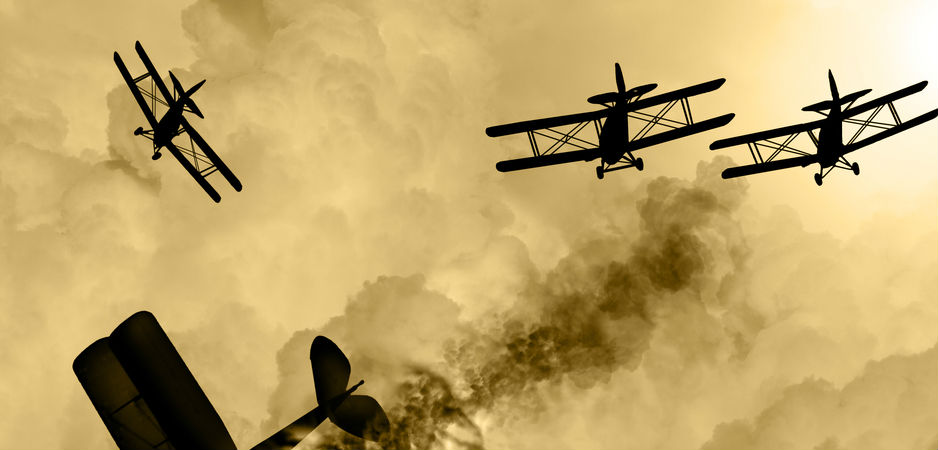







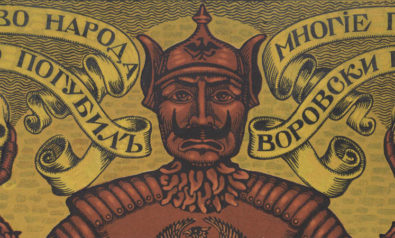
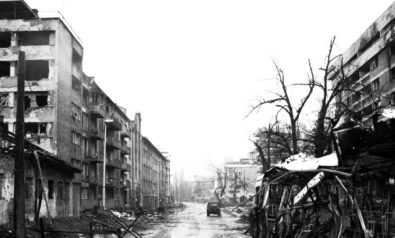






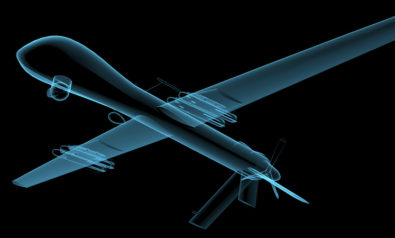

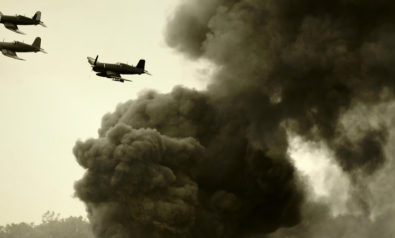
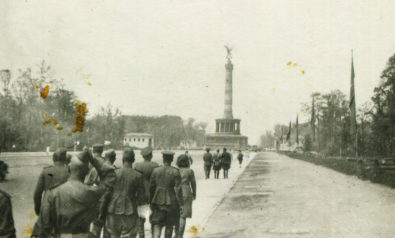



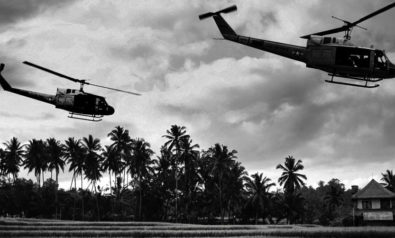

Comment
Well written. Liked the analysis: The two World Wars were the last interstate conflicts where belligerents were more or less evenly matched. ….. ANd that: In the current conflicts that are raging, particularly in Iraq and Syria, the combatant/non-combatant distinction has more or less disappeared. Civilians have been targeted by belligerents. Looking forward to Part 2.